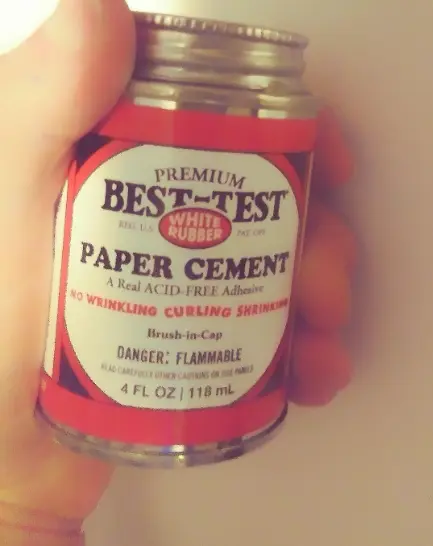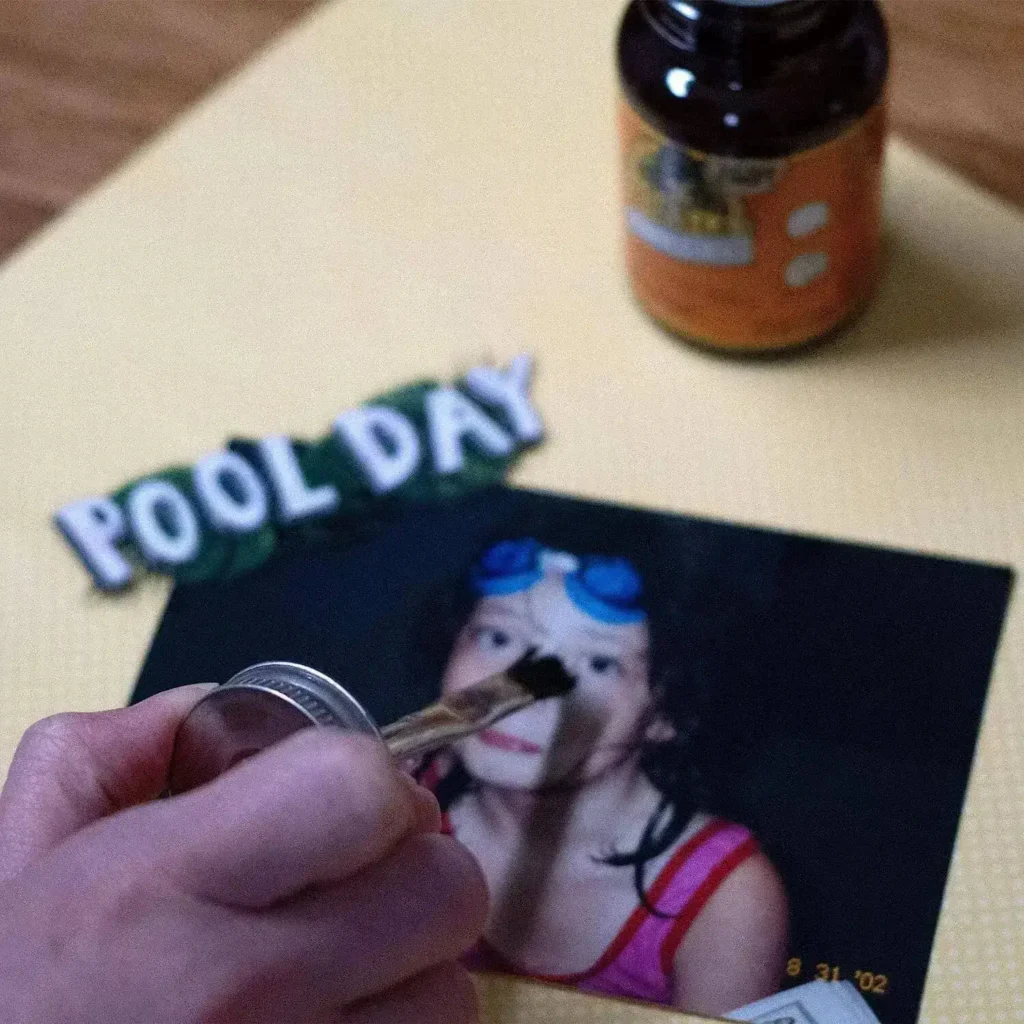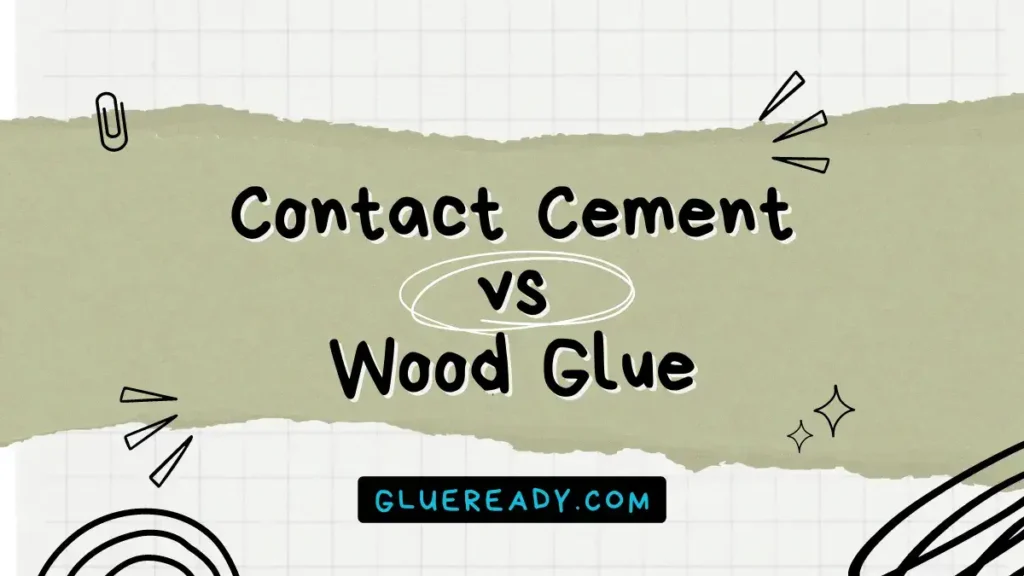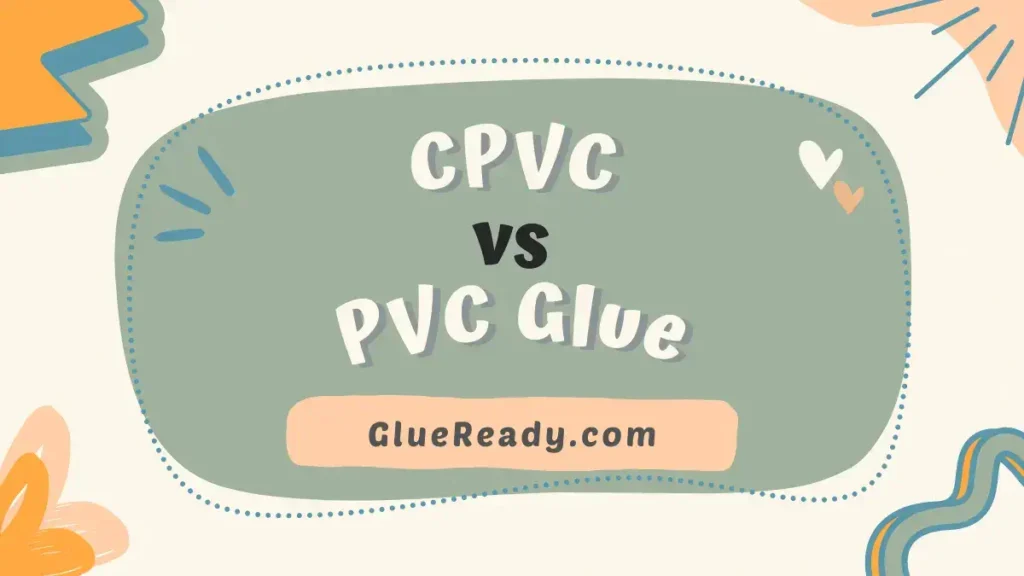Paper Cement vs Rubber Cement

As a tool for functional and creative bonding of materials, adhesives play an integral role in multiple industries and daily tasks.
Two commonly used adhesive types in the realm of crafts, office work, and art are paper cement and rubber cement.
Despite the fact that these two adhesives have similar purposes, they each have unique qualities that make them suited for a variety of applications.
My goal will be to provide you with an overview of the properties, uses, advantages, and disadvantages of paper cement and rubber cement, so that you can make a more informed decision.
Paper Cement vs Rubber Cement Comparison
Paper Cement
Paper cement is a type of adhesive specially designed for paper-based projects. It is often used in offices, schools, and art studios for tasks such as scrapbooking, cardmaking, and attaching photographs to albums. Let’s delve into the features of paper cement:

Composition:
- Paper cement typically consists of a mixture of solvents, synthetic resins, and fillers.
- The solvents help to dissolve the adhesive, making it easy to apply and spread.
- The resins provide the adhesive properties, ensuring a strong bond when dried.
Properties:
- Paper cement is generally non-toxic, making it safe for use in various settings.
- It has a relatively quick drying time, allowing for efficient work.
- It is pH neutral, preventing damage to delicate paper or photographs over time.
- It forms a semi-permanent bond, which can be removed with some effort, making it suitable for tasks that may require adjustments.
Applications:
- Paper cement is primarily used for adhering paper to paper, paper to cardboard, and other lightweight materials.
- It is a popular choice for creating collages, scrapbooks, and mounting photographs.
Advantages:
- Quick drying time.
- pH-neutral, preserving the integrity of paper and photos.
- Semi-permanent bond allows for adjustments.
- Non-toxic and safe for use.
Disadvantages:
- Not suitable for heavy materials or long-term applications.
- Limited to paper-related projects.
Rubber Cement:
Rubber cement is another versatile adhesive with a range of applications in various fields, including crafts, office work, and industrial settings. Let’s explore the key characteristics of rubber cement:

Composition:
- Rubber cement is made from natural rubber latex and volatile solvents, such as acetone or hexane.
- The rubber latex provides the adhesive properties, while the solvents allow for easy application and later removal.
Properties:
- Rubber cement has a distinct odor due to its volatile solvents, so it is essential to use it in well-ventilated areas.
- It dries relatively slowly, providing a longer window for adjustments before achieving a strong bond.
- It forms a temporary, repositionable bond, making it ideal for temporary applications.
Applications:
- Rubber cement is used for tasks like attaching paper to various surfaces, sticking posters to walls, and creating temporary bonds between materials.
- It is favored in the graphic design industry for paste-up work, allowing easy rearrangement of elements.
Advantages:
- Repositionable and adjustable.
- Suitable for temporary applications.
- Versatile and can be used on various surfaces.
Disadvantages:
- Slow drying time.
- Strong odor due to volatile solvents.
- Not suitable for permanent applications.
Know More: Best Rubber Cement
Is Rubber Cement Good for Paper?
It is possible to use rubber cement on paper, but it is not the best choice. Because rubber cement is thinner and less flexible than paper cement, it creates weaker and less durable bonds.
Paper that is coated or glossy can also be damaged by rubber cement because it dissolves ink or coating.
What Is Paper Cement Used For?
Paper cement is a type of adhesive designed specifically for bonding paper materials. There are many uses for paper cement, including paper crafts and origami, bookbinding and book repair, scrapbooking and collage making, photo mounting and framing, masking and stenciling.
Final Thoughts
In summary, both paper cement and rubber cement have their unique properties and applications.
Paper cement is best suited for projects involving paper and photographs, offering a quick-drying, pH-neutral, semi-permanent bond.
On the other hand, rubber cement provides versatility and repositionability, making it ideal for temporary applications on a variety of surfaces.
Choosing between the two depends on your specific needs and the nature of your project. Hopefully, my comparison of paper cement vs rubber cement has helped you in that matter.
Ensure you consider factors such as drying time, permanence, and the type of materials you are working with to make the right adhesive choice for your task.






